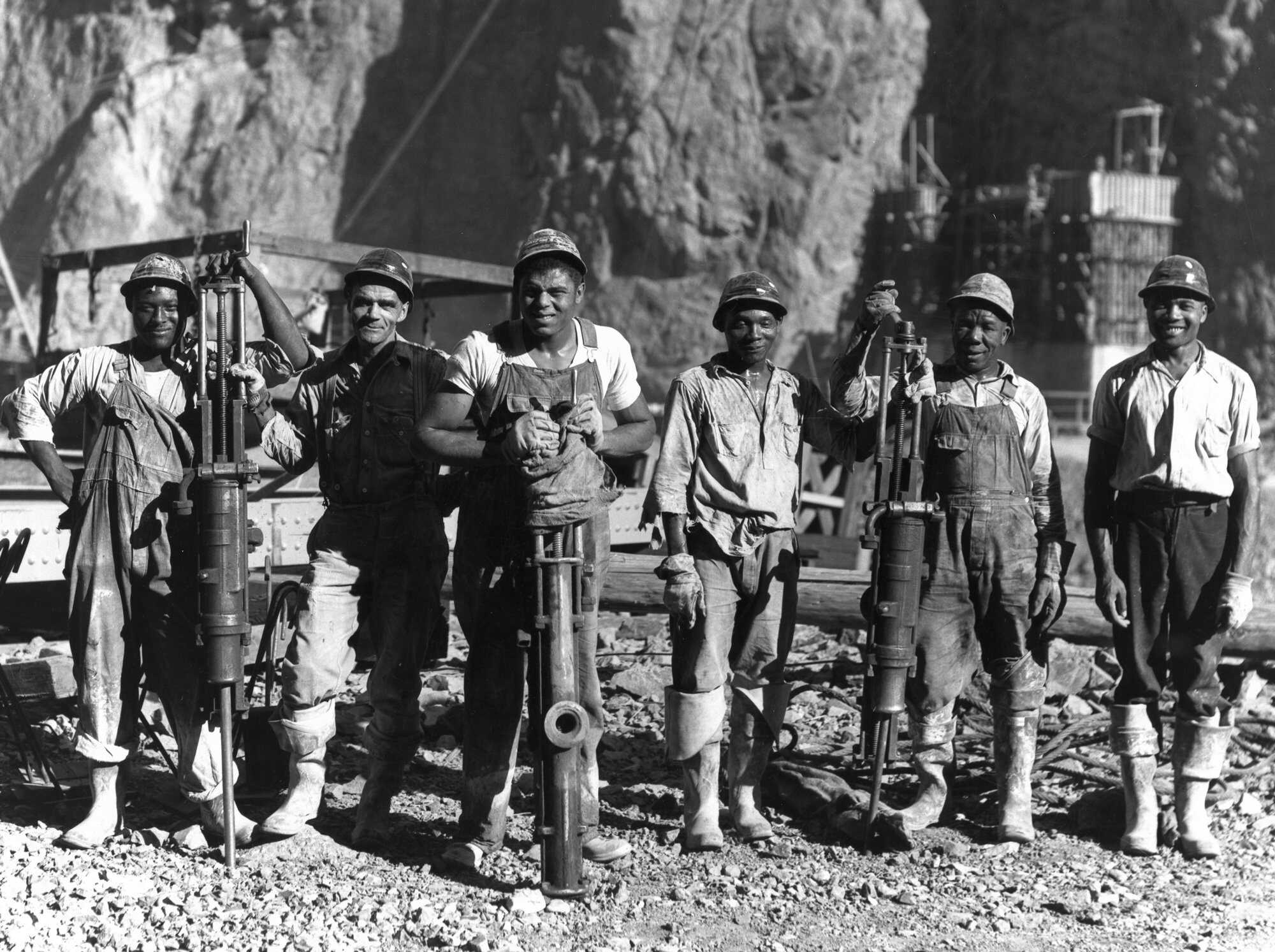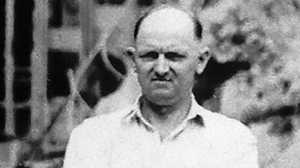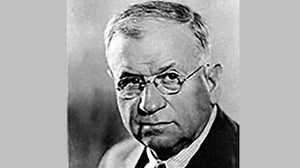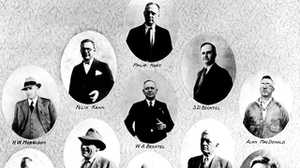Hiring African Americans

The start of construction on Hoover in 1930 held the promise of employment for thousands of workers in the Las Vegas area. Many had relocated to the desert town for the soul purpose of working on the dam. With the nation enduring a crippling economic depression, nearly one quarter of workers were without work. The Hoover Dam (Boulder Dam) project looked like a life saver.
For African American citizens, however, the situation remained bleak. The U.S. government’s contract with Six Comapanies stipulated that American citizens be hired for the job. No race, except for “Mongolians” were specifically excluded. The term American citizen, however, came to be defined as white American citizen.
In May 1931, the Colored Citizens Labor and Protective Association of Las Vegas complained that none of the first 1,000 workers placed on Six Companies’ payroll for the dam project were African American. Officials contended that Six Companies had not hired African American workers for fear of causing racial strife among the work crews. NAACP field secretary William Pickens was told during a 1932 visit to southern Nevada that violence had nearly broken out on a previous job when Six Companies had placed a Mexican foreman in charge of a white work crew.
Under mounting pressure, Six Companies’ president W.A. Bechtel promised an increase in the number of black workers hired. Still, by 1933 only 24 African American workers, less than one percent of the total work force, had been hired and none were allowed to live in Boulder City. Additionally, African American workers were relegated to working in the Arizona gravel pits, the hottest spot on the entire job site. Taken to the gravel pits on segregated buses, African American workers traveled a rough and bumpy 30 miles to work each day only to return to their homes in the slums of West Las Vegas each night. To add to their humiliation, they were forced to drink from separate water buckets while on the job site.
The construction of Hoover Dam was proof of human progress on many levels. Progress on civil rights and race relations, however, could not be counted among them.







